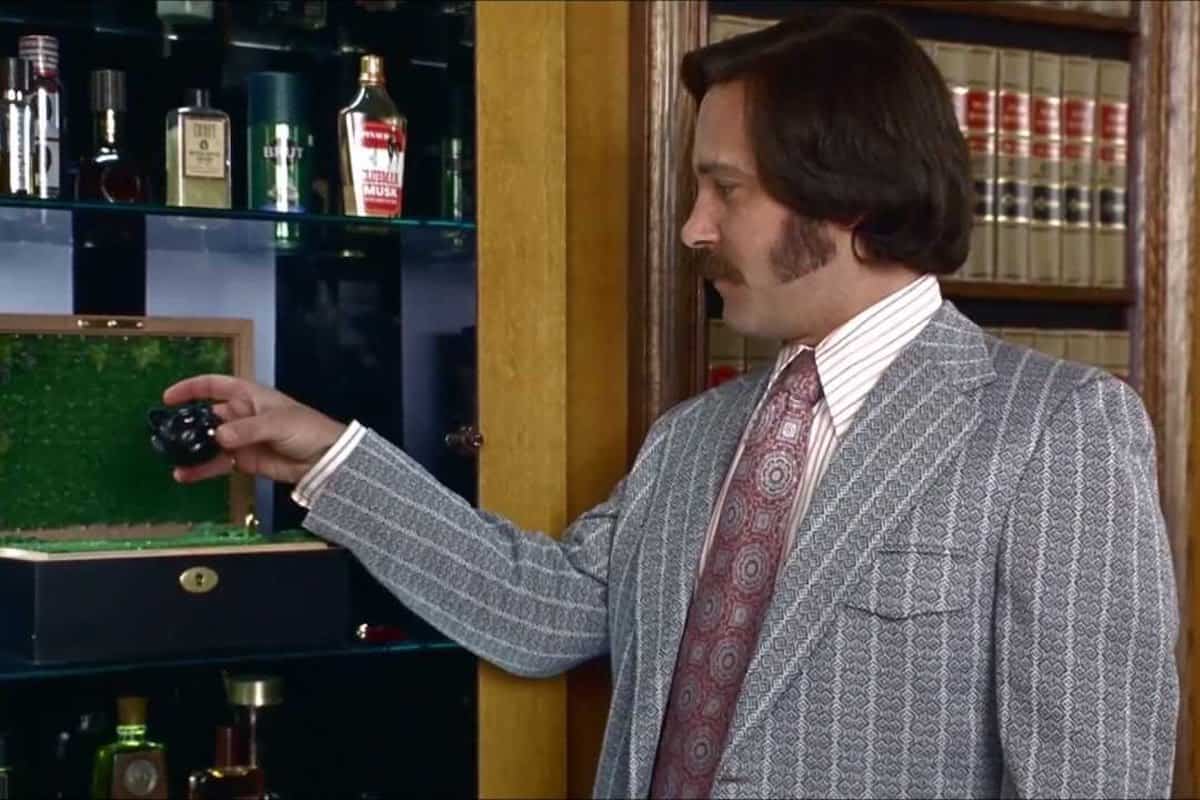Scent, like taste, can be subjective. Something some people think smells wonderful can just as easily be considered rank by others. For example, many love the smell of tobacco – the dark, roasted scent of a fine cigar, say. Others despise the odor.
Indeed, tobacco is a particularly prescient example as it’s a common scent component of some of the most popular fragrances on the market.
Finding a fragrance that’s both distinct enough to complement your personality without being odd can be a challenge. Conversely, many colognes – particularly ‘high street’ brands at the bottom half of the market – smell nearly identical… And often quite unpleasant.
Why is it that so many cheap colognes smell the same, and what scents can you pick to avoid smelling cheap?
DMARGE spoke exclusively with Emma J Leah, Master Perfumer at independent Gold Coast perfume house Fleurage.
Her take? There are two main factors that influence this phenomenon: too few companies and too little scent experimentation.
“There’s only a handful of fragrance companies they use to produce what you see on the shelf,” Leah relates.
For example, the Swiss firm Givaudan – which has a whopping 20% market share and is responsible for creating almost a third of all fragrances on the market today – makes fragrances for brands as diverse as Calvin Klein, Prada, Diptyque, Tom Ford, Lanvin, Yves Saint-Laurent and many others.
View this post on Instagram
With so many brands being produced by a single company, you can understand why things might share similar fragrance cues.
The other big factor is market research and simple economics.
“Scent analysts dictate what is popular and marketing has overtaken the art of clever and individual blends from previous positive responses,” Leah bemoans.
“There aren’t as many open notes to choose from as, say, heart and base, so there is a tendency to go to the same palette over and over. [Moreover,] these big companies are also going for a universal appeal to sell as much as they can across a large demographic… fresh fruits and ozonics are appealing to a large enough cross-section.”
If the adage goes that ‘if you stand for nothing you fall for everything’, the reverse is also true: if you try and be everything to everyone, you can risk alienating people – which seems to be the pitfall many cheap or common fragrances fall into.
Fruity scents like grapefruit or vanilla are agreeable to a majority of people and therefore come up as common components in fragrances. Ironically, it’s somewhat of a ‘New Coke’ effect: in isolation, people like these smells, but in the real world these ‘agreeable’ scents can end up smelling overplayed and unpleasant.
From Cliched To Cutting-Edge
So now that we know what scents to avoid if we’re looking for a fragrance to make our own, what sort of scents are underrated or becoming the next big thing?
“Commercially I expect the surprising current conditions to push the market to super ‘clean’ scents like balsamic, pine and water styles with fresh woods to appease the pandemic’s psychological landscape,” Leah predicts.
“[Going forward] I expect to see consumers seeking a more unique personalized style from niche independent brands that are producing unusual and often old-school fragrance compositions.”
Indeed, it’s a space where independent Australian brands such as Solid State, Goldfield & Banks, Map of the Heart and indeed Fleurage have been particularly trailblazing (and successful), establishing themselves as credible rivals to the big European perfume brands.
The other big trend is towards ‘unisex’ fragrances that aren’t explicitly gender-coded, such as Comme des Garçons 2 or Calvin Klein CK Everyone.
With colognes as it is with most things, you get what you pay for. There’s nothing wrong with liking a cheap or popular brand – at the end of the day, what matters most of all is whether you like the way it smells. But if you’re looking for something to help you stand out against the crowd, be discerning, interrogate what ingredients a fragrance uses, and steer clear of anything too fruity (figuratively and literally).
